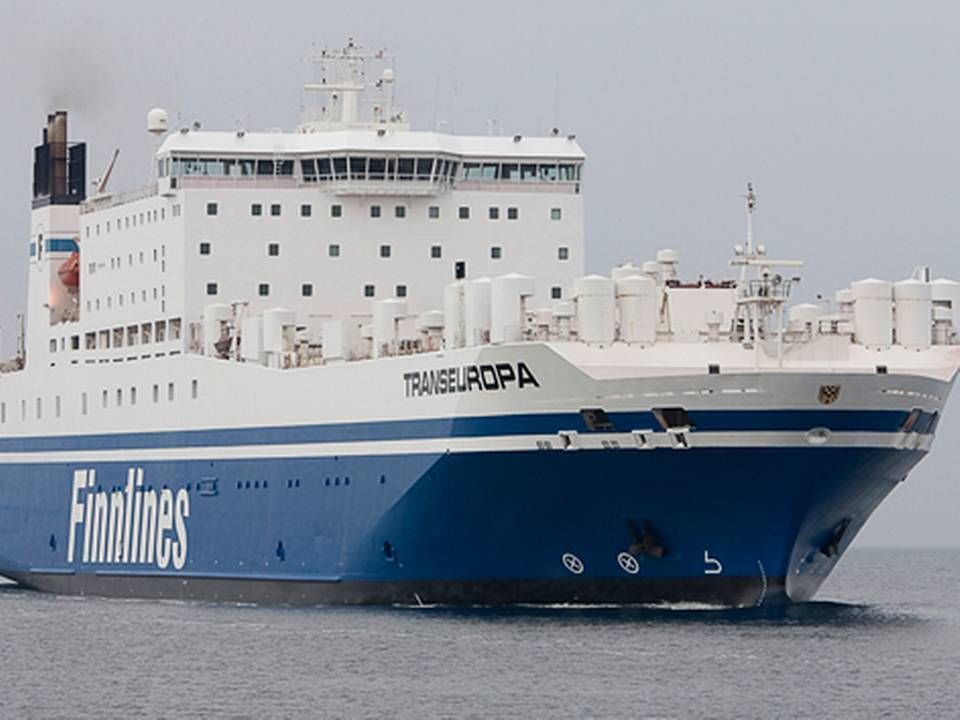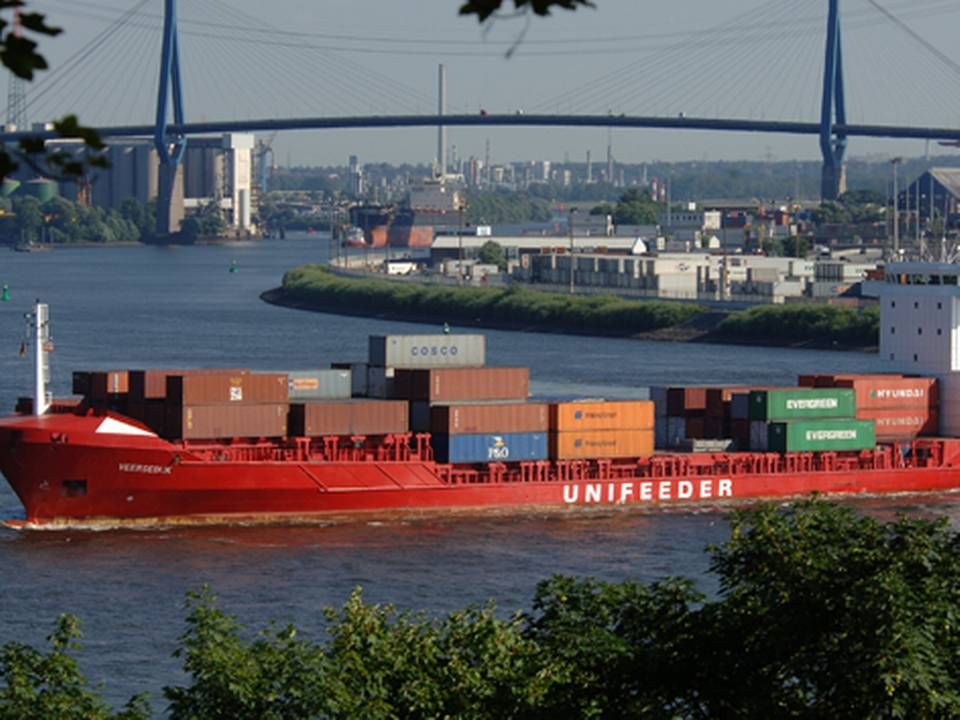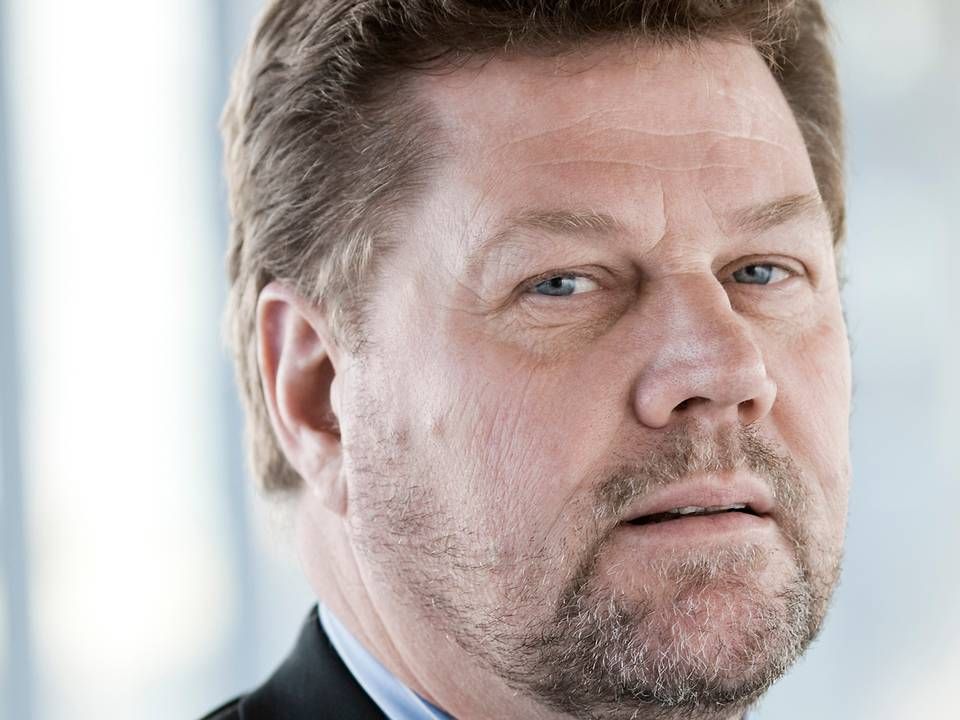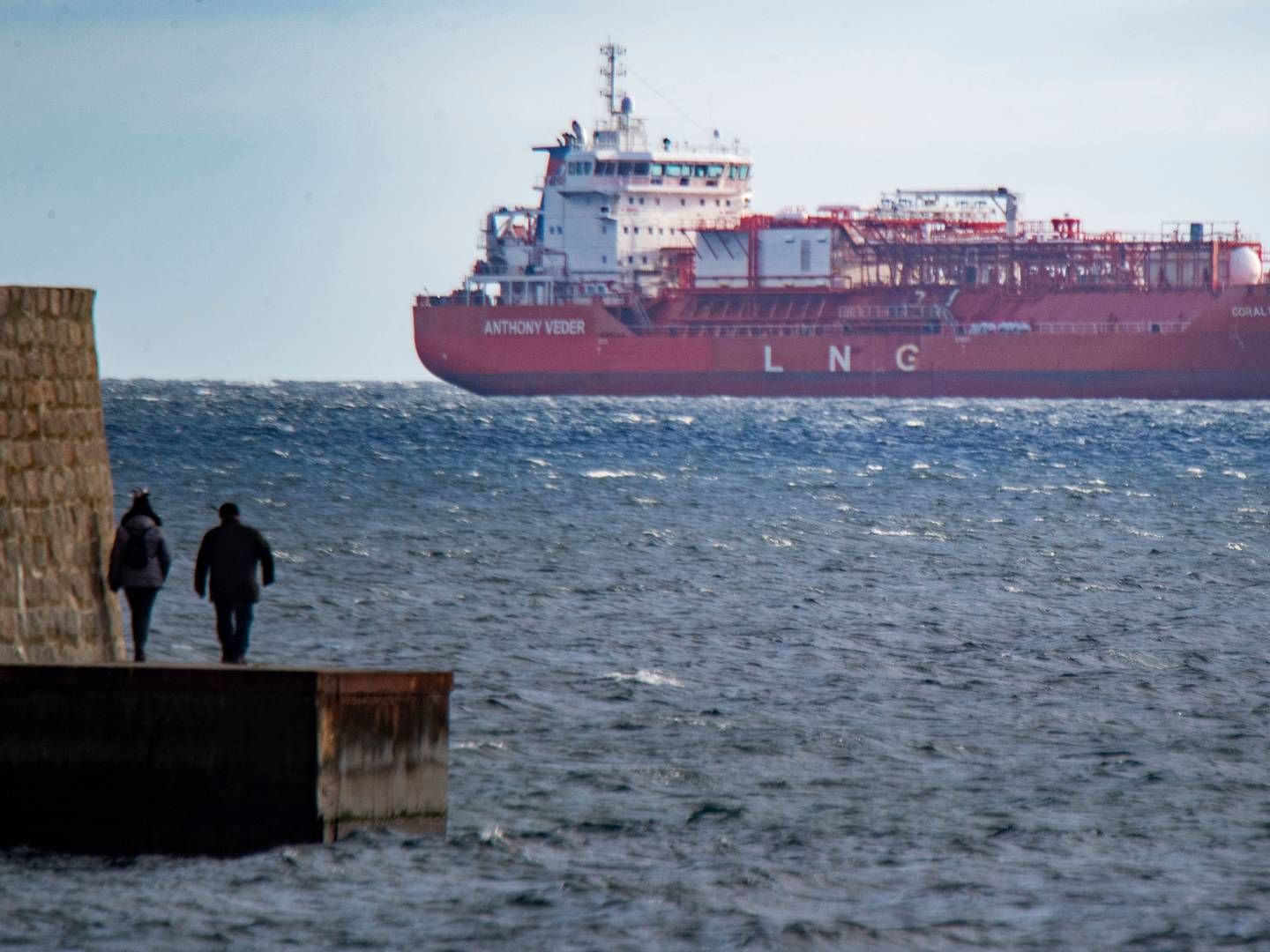Oldendorff opts for gas oil ahead of 2015

With an annual bunker purchase of two million tons, of which an increasing part consists of low sulphur fuel, German Oldendorff is one the bunker companies' biggest customers. The carrier currently has 509 ships in its fleet, and as the company's activities are increasing, the fleet obviously needs an increasing amount of fuel in order to keep the engines running. To comply with the SECA regulations, the company bets on using gas oil from January 1st 2015, when the regulations dictating max 0.1 percent sulphur in emissions come into force in European waters. Add to this the fact that the United States and Canada are already subject to ECA zone regulations.
A survey recently conducted by ShippingWatch showed that a majority of carriers opt for gas oil in order to comply with the regulations. Carriers such as DFDS - RoRo, ferries - as well as cruise ships are the ones who stand to benefit more from installing scrubber systems to clean the exhausts.
OW Bunker: No problem delivering gas oil
"The crucial factor in terms of our decision is that we're a dry bulk carrier sailing tramp, a majority of which takes place between South America and Asia. If we were to pick a scrubber solution, it would be because one of our ships sails permanently within the SECA zone. Our approach to the ECA regulations is something we give careful consideration, but as things look now, we'll be choosing gas oil as our way to comply with the new regulations," Jens Maul Jørgensen tells ShippingWatch.
In addition to serving as Head of Bunker at Oldendorff, Jens Maul Jørgensen is set to take over as Chairman of the international bunker association, IBIA, on April 1st.
New bunker chairman: 2015 sulphur rules are a ticking bomb
He is frequently contacted by industry players looking to inform Oldendorff about existing alternatives, and the carrier is "prepared to change its mind if it comes across something interesting."
Oldendorff - like all other carriers - is subject to the new ECA regulations off the US coastline that were introduced in August last year. These regulations are similar to the ones that will apply in Europe, and here the shipping company uses low sulphur gas oil within the prescribed 200 nautical miles of the coast, and regular fuel when operating outside of the zone. The price difference between gas oil and regular fuel is currently around USD 300, whereas the difference between low sulphur fuel oil and regular fuel is USD 20-40 in Europe, but slightly higher in the US, at USD 30-40. However, the difference can be as high as USD 100 in certain places around the world.
Massive investments in alternative solutions
The new regulations not only require investments from the carriers. New players are also finding reasons to look closer at the market, and according to Søren Christian Meyer, Vice President of bunker company OW Bunker & Trading, massive investments are being made to find alternative solutions to remove sulphur from the various products.
"We're seeing a generally high level of interest from tech companies. They're somewhat new players, who are not used to acting in the bunker market, and they're starting to look into it. Nothing has really come of it yet, but I wouldn't be surprised if one of these technologies pays off at some point," he told ShippingWatch a few weeks ago.
OW Bunker is convinced that a majority of carriers will switch from distillate products to 0.1 percent sulphur products, and the bunker company is currently working to expand a supply chain for the fuel. A particular concern in the industry related to the gas oil is whether there is sufficient gas oil available.
"Yes, there's enough marine gas oil, but there might not be enough available in this region. So we'll see some pretty significant changes to the supply chain, where more of this product will be sailed in to Northern Europe, especially from the Middle East, which is producing more of this distillate," said Søren Christian Meyer.
A majority of carriers choose marine oil ahead of 2015
Related articles
Fuel in SECA zone will be 50 percent more expensive
For subscribers
Maersk calls for increased fuel control
For subscribers






















